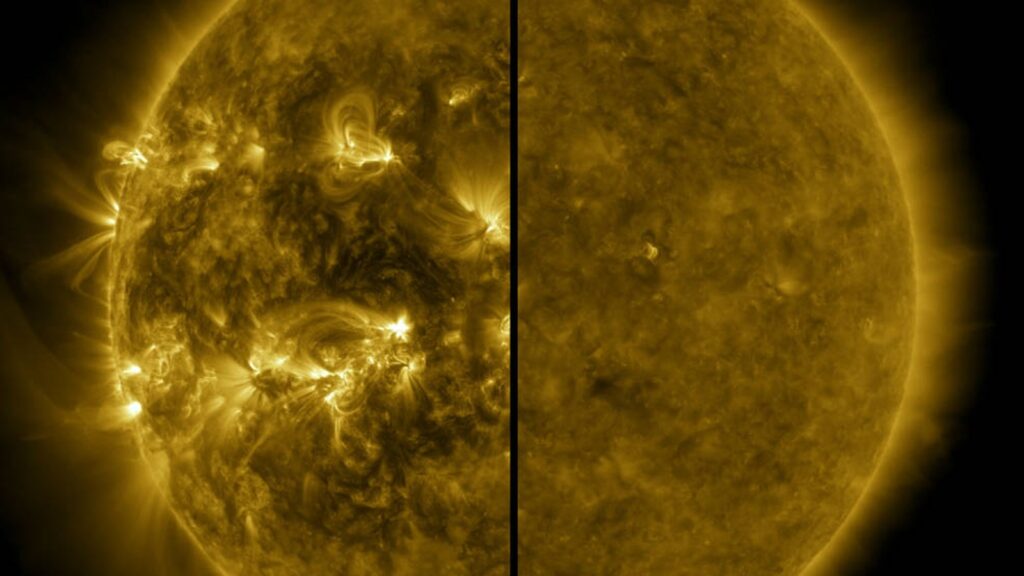16. Myths vs. Reality: Debunking Common Solar Storm Misconceptions
Solar storms have sparked various myths and misunderstandings.
Separating fact from fiction helps you stay informed and avoid unnecessary panic.
Common Myths and the Truth:
- Myth: Solar storms will destroy Earth.
Reality: Solar storms can disrupt technology but are not a threat to life on Earth’s surface due to the protective atmosphere and magnetic field. - Myth: Solar storms happen suddenly without warning.
Reality: Scientists monitor the sun continuously and usually provide at least several hours to days of warning before a major event. - Myth: All solar storms are catastrophic.
Reality: Solar activity varies greatly. Most storms are minor and only severe ones pose large-scale risks. - Myth: You need to stay indoors during a solar storm.
Reality: For those on Earth’s surface, solar radiation in the course of a storm is harmless.. Astronauts and high-altitude flyers face greater risks.
Understanding these facts helps in responding rationally rather than reacting to fear-driven misinformation.
17. Future Solar Activity Predictions: Is the Worst Yet to Come?

As we move deeper into Solar Cycle 25, scientists continue to refine their predictions.
Latest Projections:
- The solar maximum of Solar Cycle 25 is anticipated about mid-to-late 2025.
- Activity levels are forecasted to be moderately strong, but not necessarily the most powerful in recorded history.
- Some research suggests that while activity is higher than first anticipated, it remains within manageable levels for most infrastructure — provided adequate precautions are taken.
However, solar forecasting is not perfect.
Outliers like the Carrington Event remind us that rare, extreme events are possible even during an otherwise moderate cycle.
The best course of action is vigilant monitoring, infrastructure upgrades, and public preparedness to handle whatever the sun might unleash.
18. The Unexpected Benefits of Solar Storms: How They Aid Us in Learning About the Sun
Solar storms may seem intimidating, but they actually provide researchers with a rare chance to know more about our Sun.
This is how solar storms aid:
- Learning About the Sun’s Magnetic Fields:
Solar eruptions help scientists see how the Sun’s magnetic fields work, giving us a deeper understanding of what’s happening on our star. - Improving Space Weather Predictions:
Every solar storm helps scientists get better at predicting space weather, which makes it easier to prepare for things like satellite issues or power grid failures. - Pushing Technological Innovation:
Because solar storms can mess with our technology, engineers are constantly improving satellites, power grids, and other systems to make them tougher and more resistant.
In short, while solar storms are dangerous, they also help us learn about the universe and gain a push toward creating wiser technologies.






